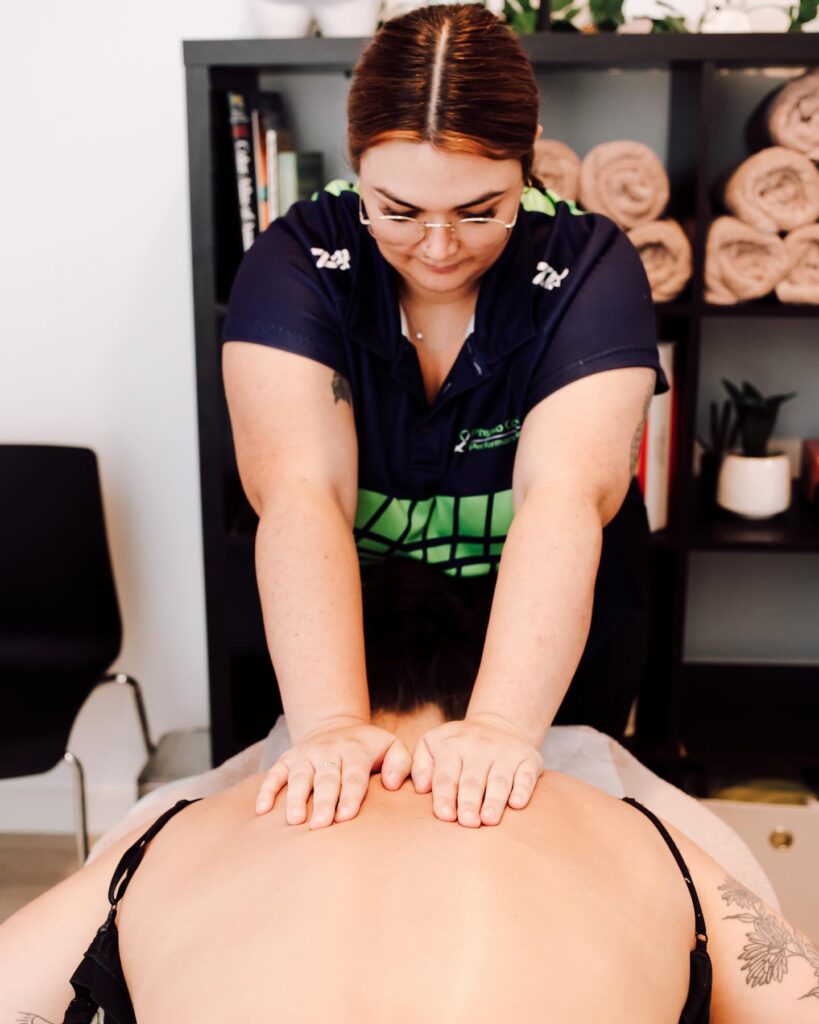Asthma is a chronic condition that affects the tubes that carry air in and out of the lungs.
Millions of people all over the world suffer from asthma. Tis means that most people know someone that suffers from it, and are typically familiar with the ‘psst psst’ sound of the inhalers that make a relatively normal day to day life possible for the ones who use them.
World Asthma Day is dedicated to raising awareness about this pernicious disease. And it also seeks to bring awareness and advanced care to sufferers throughout the world. It affects at least 14% of children worldwide and seems to be growing in prevalence.
By 2016, the World Health Organization (WHO) recognised asthma as of major public health importance. In fact, the WHO estimated that almost 340 million people in the world were suffering from asthma, and that year there were over 400,000 deaths due to this disease of the lungs.
The truth of the matter is that asthma isn’t entirely understood. But what is known is that there are multiple factors at play in the complex chemistry that creates an asthma sufferer. These include genetic interactions and elements in the environment that can change both the severity and how likely it is to respond to treatment.
Asthma can be set off by a viral infection, the weather, stress or anxiety, and allergens, such as dust, chemicals, smoke, pet dander and essential oils. When you breathe in a trigger, the insides of your airways swell even more. This narrows the space for the air to move in and out of the lungs. The muscles that wrap around your airways also can tighten, making breathing even harder. When that happens, it’s called an asthma flare-up, asthma episode or asthma ‘attack’.
Massage therapy shows promise in helping people manage asthma symptoms.
In a general sense, clients routinely book massage sessions to address chronic muscle tightness, persistent stress, nagging-to-disabling pain or an incessant ache due to postural imbalances. Ironically, these symptoms are all too familiar for someone diagnosed with asthma.
Creating an asthma action plan that includes massage therapy is clinically appropriate. With lighter pressure, massage can guide their neck, thoracic and rib muscles into relaxation and help alleviate some of the physical and emotional stress their body just went through. Primary techniques are light trigger point massage therapy, myofascial release applied slowly and gently, as well as anything that would be considered a gentle and supportive touch.
To book in a remedial massage to assist in your asthma management plan, please book online here.

